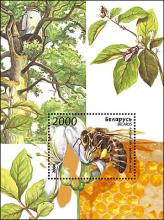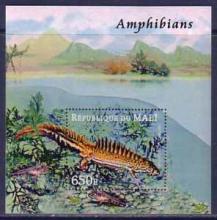New Book: Insecticides - Development of Safer and More Effective Technologies
This book contains 20 chapters about the impact, environmental fate, modes of action, efficacy, and non-target effects of insecticides. The chapters are divided into 7 parts. Part 1 covers the non-target effects of insecticides, whereas part 2 is dedicated to integrated methods for pest control, in which insecticides are an important element for diminishing the populations of insect pests. Part 3 includes chapters about the non-chemical alternatives to insecticides, such as metabolic stress and plant extracts. Insecticides and human health are the main topic of part 4, and the interactions between insecticides and environment are discussed in part 5. Part 6 includes the chapters about insecticides against pests of urban areas, forests and farm animals, whereas biotechnology and other advances in pest control are discussed in part 7.










